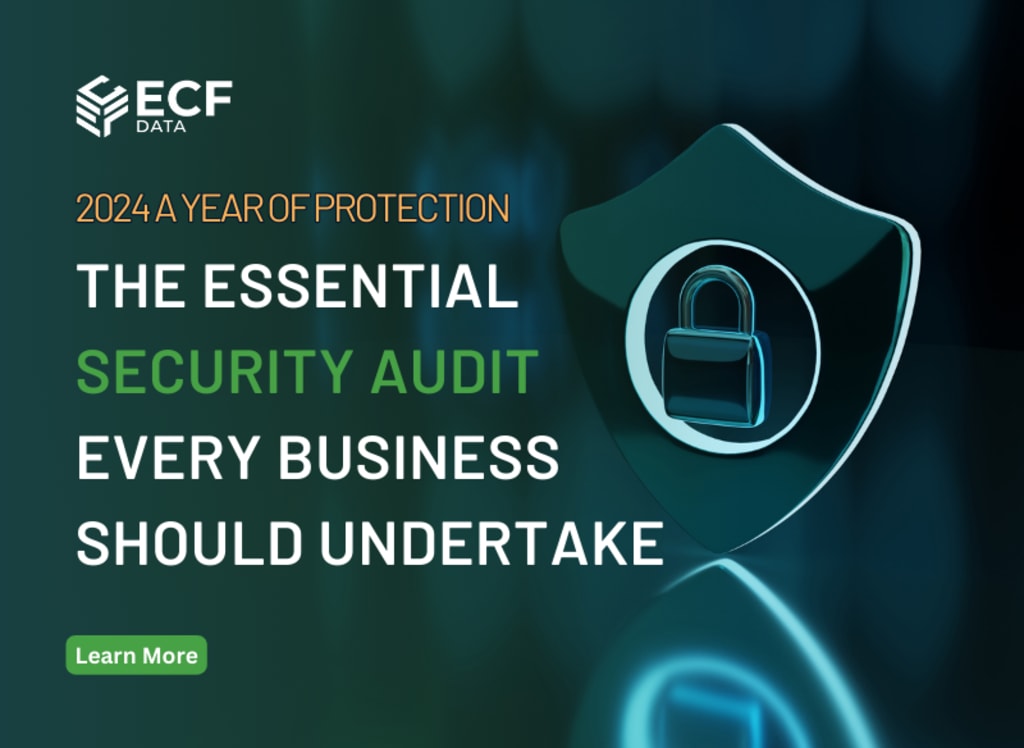2024 Security Audit Essentials for Businesses
In this article, we will explore the security audit checklist in depth.

Integrating IT into diverse functions is, without a doubt, beneficial. But, without proper guidance, it can also pose potential and significant risks. This is where security audits come into play. It is a crucial tool to monitor and improve the efficiency of your IT infrastructure.
Securing digital data requires a careful strategy. An information security audit checklist is a valuable companion in this journey. This blog serves as a thorough guide.
We’ll help you identify and resolve vulnerabilities that malicious actors could exploit. Moreover, it provides actionable insights on fortifying your network against potential threats.
In this article, we will explore the security audit checklist in depth. Further, we’ll study its benefits, types, and steps in making and using security audits.
GET A TAILORED SECURITY AUDIT CHECKLIST HERE
Table of Contents hide
1 Understanding Security Audit Checklist
1.1 Benefits of Employing a Security Audit Checklist
1.2 Types of Security Audits
1.2.1 8 Steps in Making and Using Security Audit Checklists
1.2.2 Most Asked Questions about Security Audit
1.2.3 How does ECF Data guide you during your audit?
Understanding Security Audit Checklist
A security audit checklist is a thorough instrument for evaluating the security measures and controls within the company’s systems, processes, and infrastructure. It aids in the comprehensive assessment of the security posture.
The security audit checklist includes a compilation of security requirements, best practices, and industry standards. During the audit process, organizations must adhere to and evaluate these requirements. This aids in implementing required repair measures for identified vulnerabilities or threats.
Benefits of Employing a Security Audit Checklist
Security audits are detailed examinations that demand a deep appreciation of the significance of protecting the security system. The process involves consideration of a range of factors and elements. To ensure a systematic audit without overlooking crucial details, it’s advisable to utilize security audit checklists. Doing so brings several benefits:
• Consistency - Promotes consistency and standard audit procedures, ensuring fair evaluations across different systems, departments, or locations.
• Comprehensive Scope - Addresses all important security areas in the audit. It provides a step-by-step guide for thoroughly assessing the company's security status.
• Time efficiency - Simplifies the audit process by regularly reviewing and evaluating specific checklist items. It removes the need to brainstorm or recall all vital aspects constantly.
• Adherence to Standards - Helps organizations meet security requirements specific to their industry, manage regulatory obligations and demonstrate compliance with relevant standards.
• Identifying and Prioritizing Risks - Allows auditors to prioritize findings, allocating resources for fixes based on their severity and potential impact on security.
• Ongoing improvement - Acts as a base for continuing security improvements and allows tracking progress by comparing findings from different audits overtime
Types of Security Audits
Security audits come in diverse types. It gives enterprises complete insights into their security status and helps address threats and risks. Companies often use a mix of the following audit types for a thorough security assessment:
• External Audits: Performed by third-party organizations or auditors, these audits identify threats that external threats could exploit.
• Penetration Tests: These are also known as ethical hacking. These authorized attempts exploit risks to simulate real-world attacks and assess current security measures.
• Vulnerability Scans: Automated tools identify potential security threats in systems, networks, and applications. These tools assist in prioritizing and addressing the found issues.
• Internal Audits: A person or team conducts internal audits. These audits assess adherence to security policies, regulatory requirements, and access privileges. The goal is to identify areas of improvement and ensure security compliance.
8 Steps in Making and Using Security Audit Checklists
To help you prepare and make the most of a security audit checklist, follow these steps:
1. It’s essential to clearly define the scope of security audits by specifying the systems, networks, processes, and locations needing assessment. Identifying relevant security standards, regulations, and best practices is essential.
2. Develop a comprehensive checklist based on the chosen standards. Include specific items to review. The tasks are divided into sections during the audit, with corresponding actions and evidence collection.
3. Assign responsibilities for conducting the audit and using the checklist. Clearly define roles and tasks involving internal audit teams, third-party auditors, or a dedicated security team.
4. Assess the company’s security controls, policies, and procedures against the checklist. Identify any gaps or areas of non-compliance. Conduct interviews, review documents, and inspect systems if needed.
5. Prioritize checklist items based on their significance and relevance to security. Focus on critical controls and higher-risk areas. Consider assigning weights or severity levels to prioritize findings.
6. Build plans to address identified issues. Assign responsibilities, set timelines, and establish action plans for resolving vulnerabilities and implementing necessary security improvements.
7. Create a comprehensive audit report summarizing the results. Communicate the report to management, stakeholders, and relevant teams.
8. Monitor and review the progress of remediation efforts. Track the implementation of security measures and assess their effectiveness through regular audits.
Most Asked Questions about Security Audit
1. Who can benefit from a security audit checklist?
2. Security audit checklists find applications across assorted sizes and sectors, which auditors, security experts, and businesses utilize. They are essential for assessing security controls through external audits or internal evaluations.
3. External auditors hire them to evaluate security controls. Organizations use them internally to assess their security practices.
4. Are there security audit checklists tailored to specific industries?
5. Indeed, specific security audit checklists are tailored to match the unique security laws and regulations for different industries. For instance, the Payment Card Industry Data Security Standard (PCI DSS) offers its checklist for those handling credit card data.
6. What are some examples of security audits?
7. Businesses can use various security audit examples based on the goals and scope of the audit. Examples include network security audits, application security audits, compliance audits, cloud security audits, and more.
How does ECF Data guide you during your audit?
A security audit for SMBs is crucial but challenging. ECF Data simplifies the processes and assists your preparation with ours Managed IT Services. Our risk-based approach ensures a robust foundation for compliance requirements, giving you confidence in your system’s strength.
ECF Data guarantees quick audit readiness with automated evidence collection, structured implementation, and continuous monitoring. This comprehensive approach ensures your preparedness for audits promptly.
ECF Data simplifies the audit process with hassle-free automation and integration. We cover aspects from policy creation to control mapping. Simplification makes the audit process straightforward and efficient. Book a demo to experience how ECF Data is streamlined and resource-efficient security audit and certification.
AVAIL A FREE SECURE SCORE ASSESSMENT
About the Creator
Joseph Henderson
ECF is a premier IT service and staffing provider in the US, we work with Organizations to deliver integrated IT solutions built on Microsoft technologies since its founding in 2010.






Comments
There are no comments for this story
Be the first to respond and start the conversation.